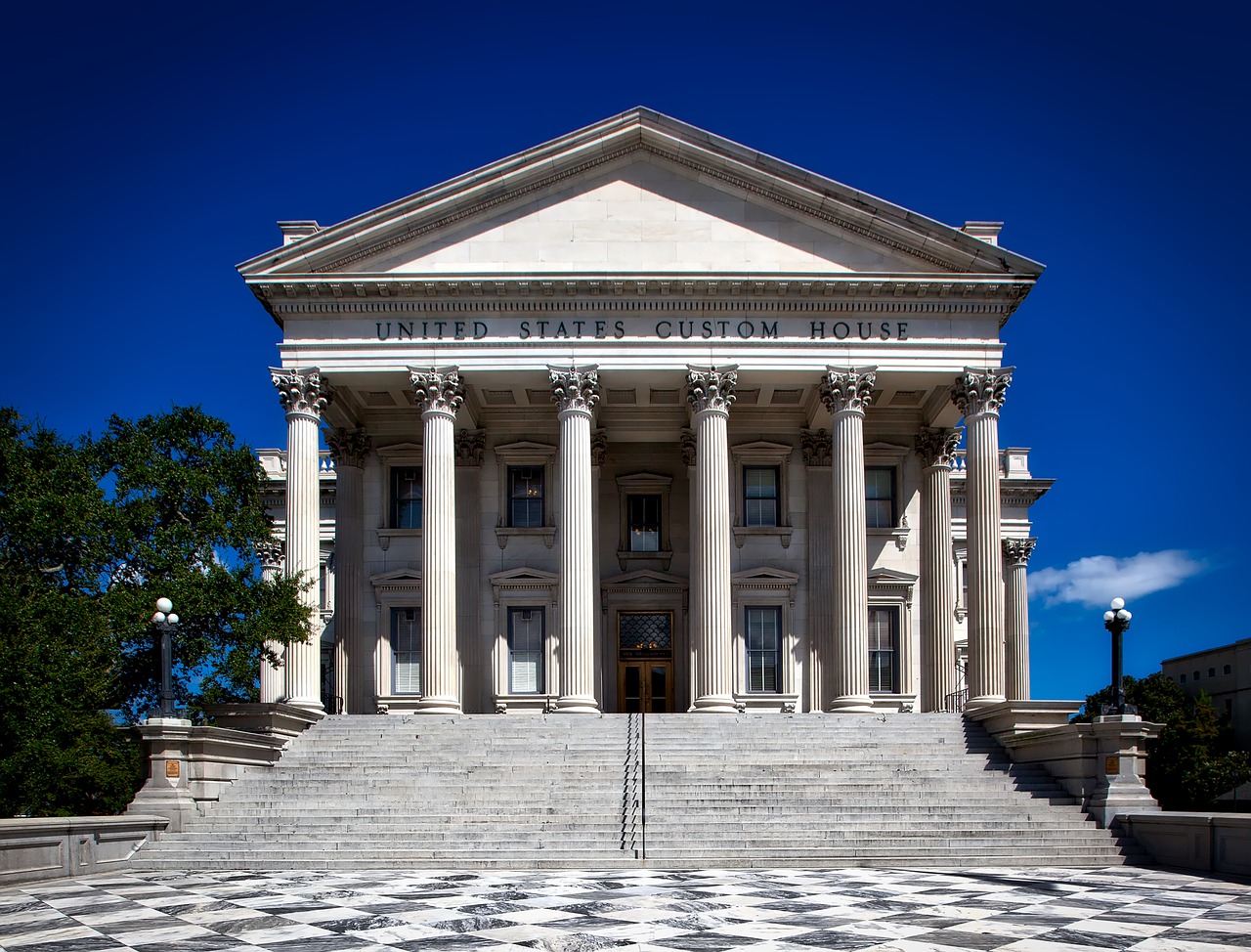
By Frank Andorka, Senior Correspondent
A report from the Reno Gazette Journal brings the heartening news that the Tom Steyer backed Nevada ballot initiative to bring Nevada’s RPS to 50% by 2030 likely has enough signatures to go to voters.
As of Monday, organizers told the paper they had nearly double the number of signatures necessary to put the initiative on the ballot. Typically, ballot initiatives need to have at least double the actual number of signatures to account for ineligible signatures being thrown out by the certification body.
The measure, backed by liberal billionaire Tom Steyer, would amend the Nevada Constitution to require electric suppliers provide at least 50 percent of their total electricity from renewable sources, like wind, solar and geothermal by the year 2030. Currently, only around 20% of Nevada’s electricity is produced by renewable sources.
As the spokesman for Nevadans For A Clean Energy Future said in a press release, referencing the 20% number:
For one of the sunniest states in the nation, that is not good enough. Currently, Nevada spends $700 million annually to import fossil fuels from out of state to power the grid.
The initiative is the latest attempt by the Silver State to get itself back into contention as one of the top solar states in the nation. Since unceremoniously ending net metering in 2015 – a policy blunder that the legislature has since reversed – Nevada has struggled to regain its place as a solar state.
Gaining enough signatures to put the issue on the ballot is a big victory for Tom Steyer, who was actively supporting similar legislation in Michigan until a deal surrounding a controversial billion-dollar natural gas plant was signed. Both DTE Energy and Consumers Energy have pledged to be coal-free by 2040 and have at least 50% of their electricity generation come from renewable resources within the same timeframe.
Recent polling suggests that if Steyer’s measure gets on the ballot, Nevadans will pass it.




